Printable Patterns for Turbans Free Download
What are some common patterns used for turbans?
Some common patterns used for turbans include geometrical designs, floral motifs, paisleys, stripes, and polka dots. These patterns are often created using a combination of different colored fabrics or through intricate embroidery techniques. Additionally, turbans can also incorporate traditional cultural symbols or religious symbols, depending on the wearer's cultural background or personal preferences.
How can patterns enhance the look of a turban?
Patterns can enhance the look of a turban by adding visual interest and complexity to the design. Whether it's through geometric, floral, or abstract motifs, patterns can create a dynamic and eye-catching appearance. They can also help to highlight different sections of the turban and accentuate its folds and drapes. Additionally, patterns can be used strategically to create a sense of symmetry or asymmetry, depending on the desired style. Overall, patterns play a crucial role in elevating the aesthetics of a turban and making it a fashionable accessory.
What is the significance of patterns in turban designs?
Patterns in turban designs have significant cultural and symbolic meanings. They often reflect the wearer's religious or tribal identity, social status, and regional heritage. Different patterns and colors can indicate specific affiliations or indicate events and occasions, such as celebrations or mourning periods. Additionally, patterns in turban designs can showcase craftsmanship and artistic creativity, making them a form of personal expression and pride for the wearer. The significance of patterns in turban designs lies in their ability to convey a rich cultural heritage and establish a sense of belonging and identity.




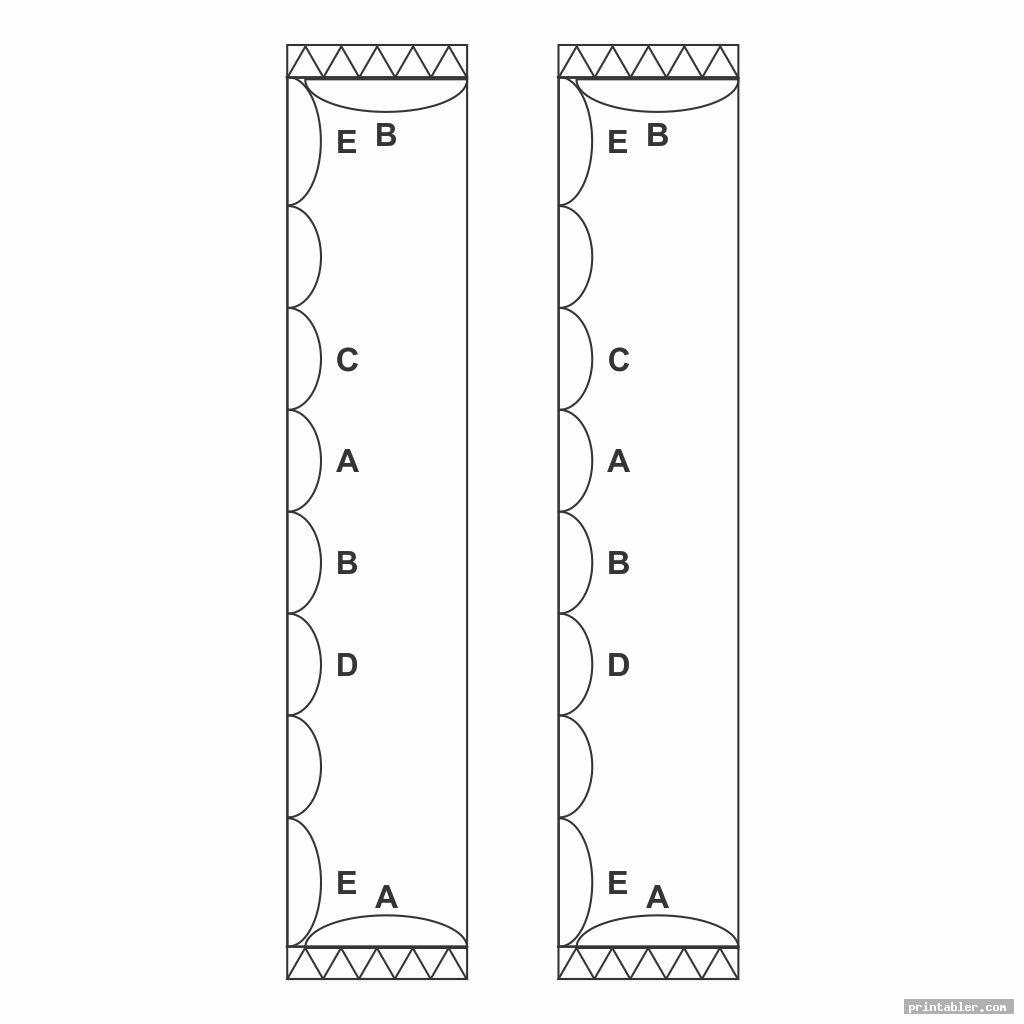

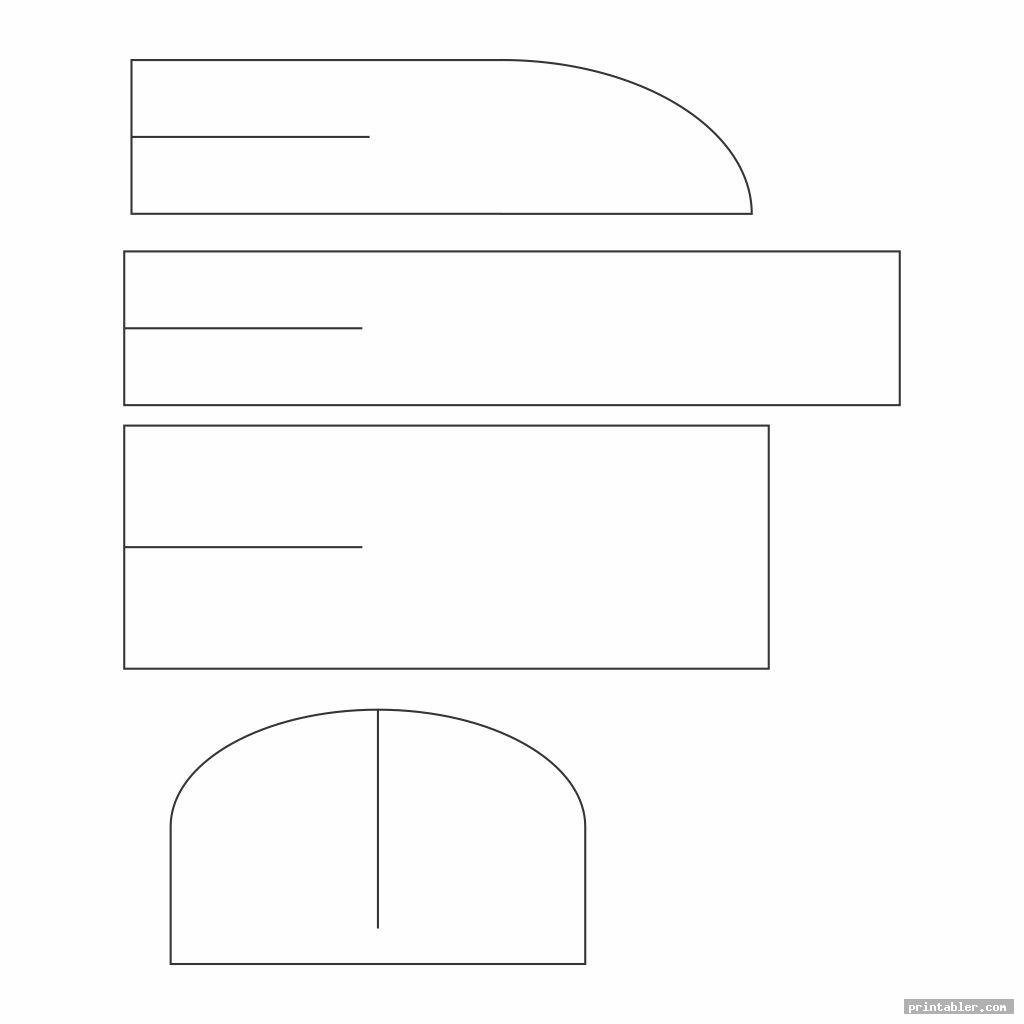
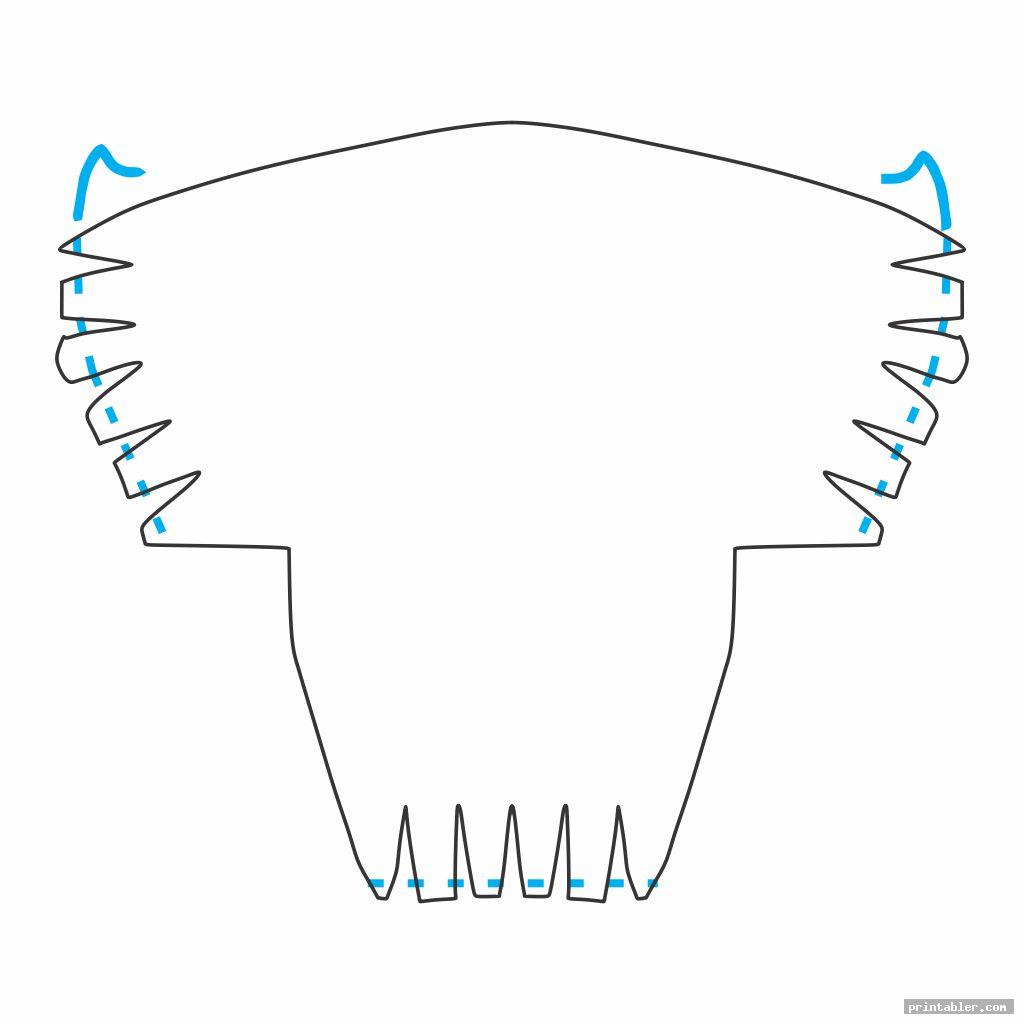
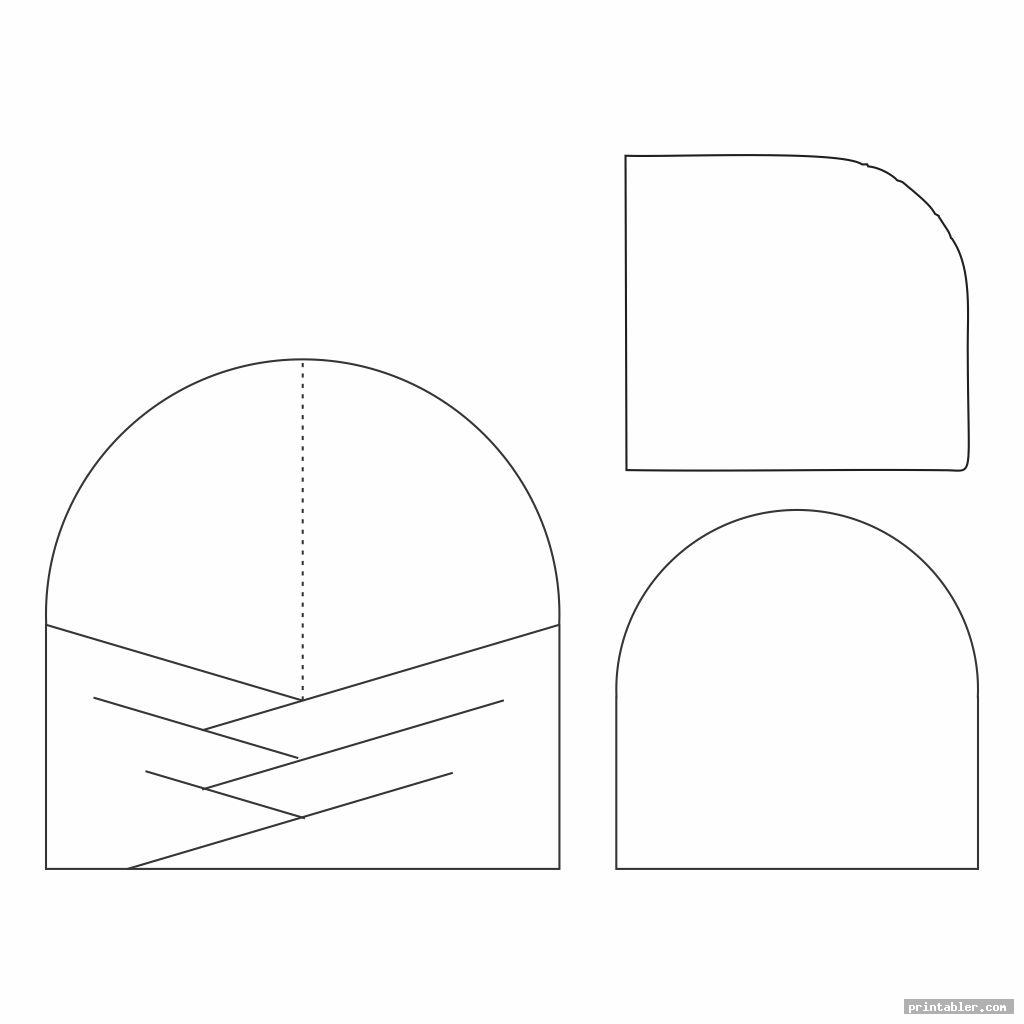
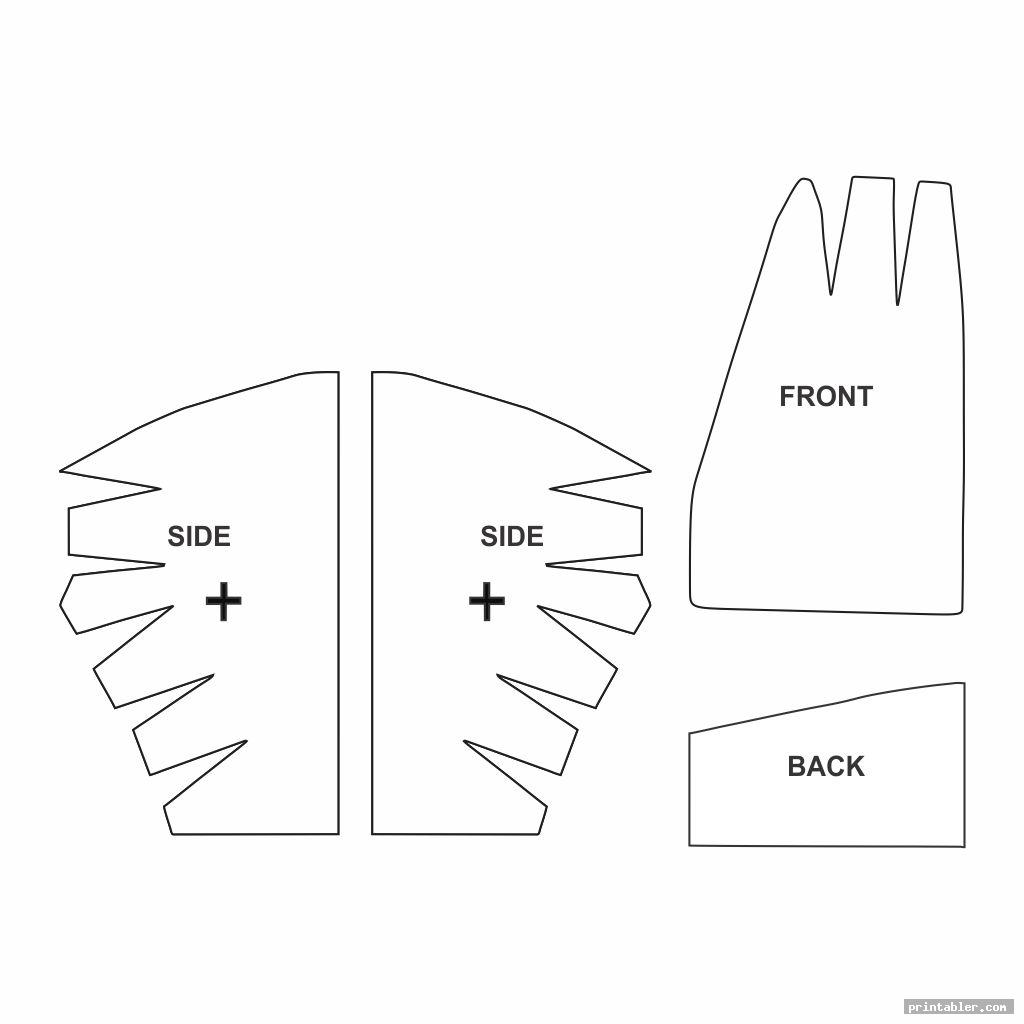
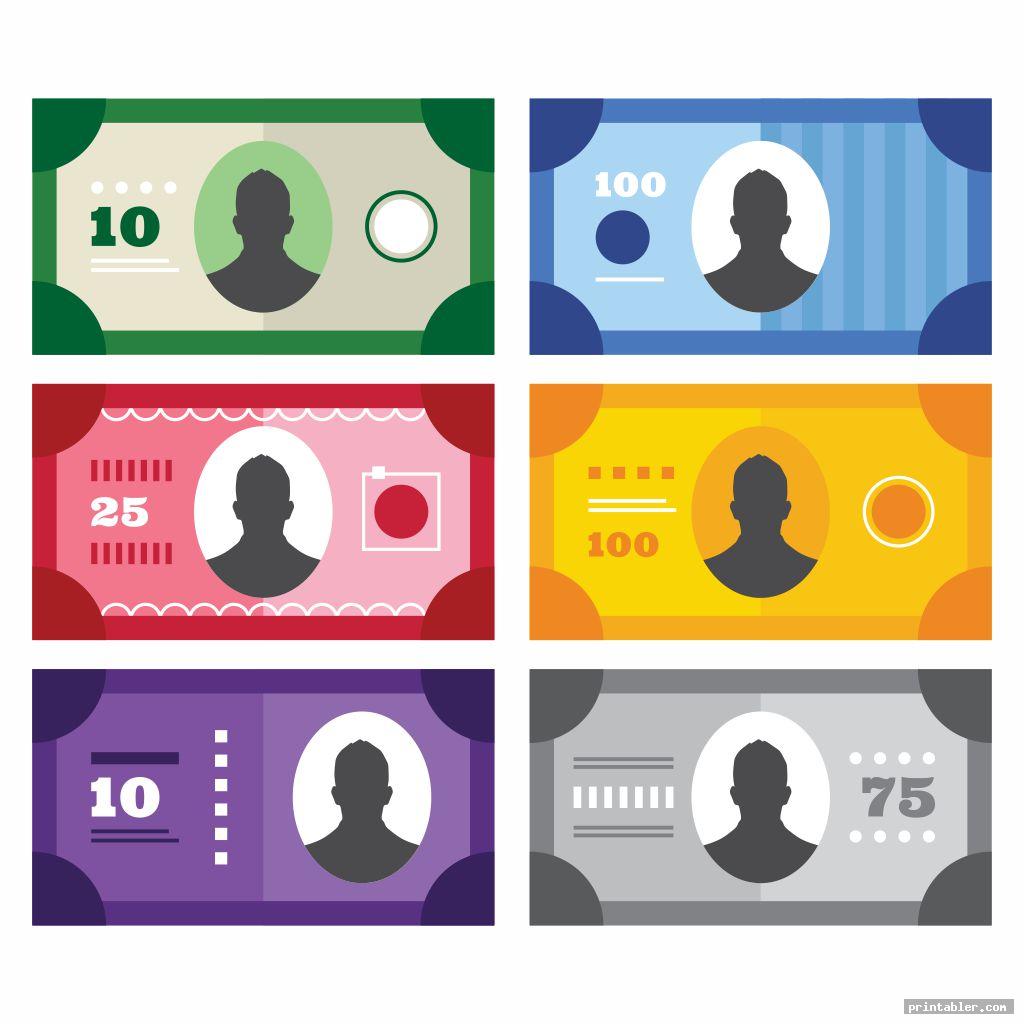
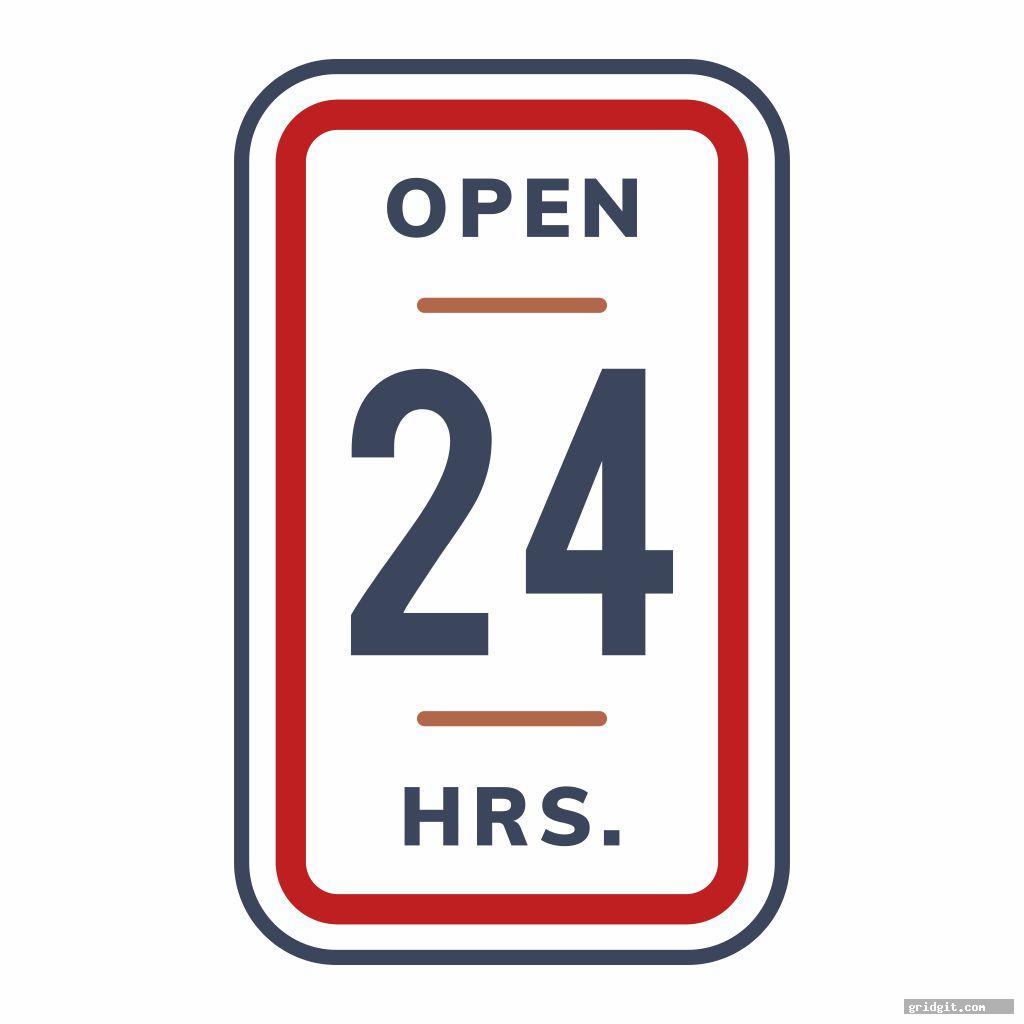 Hours Sign Template Printable
Hours Sign Template Printable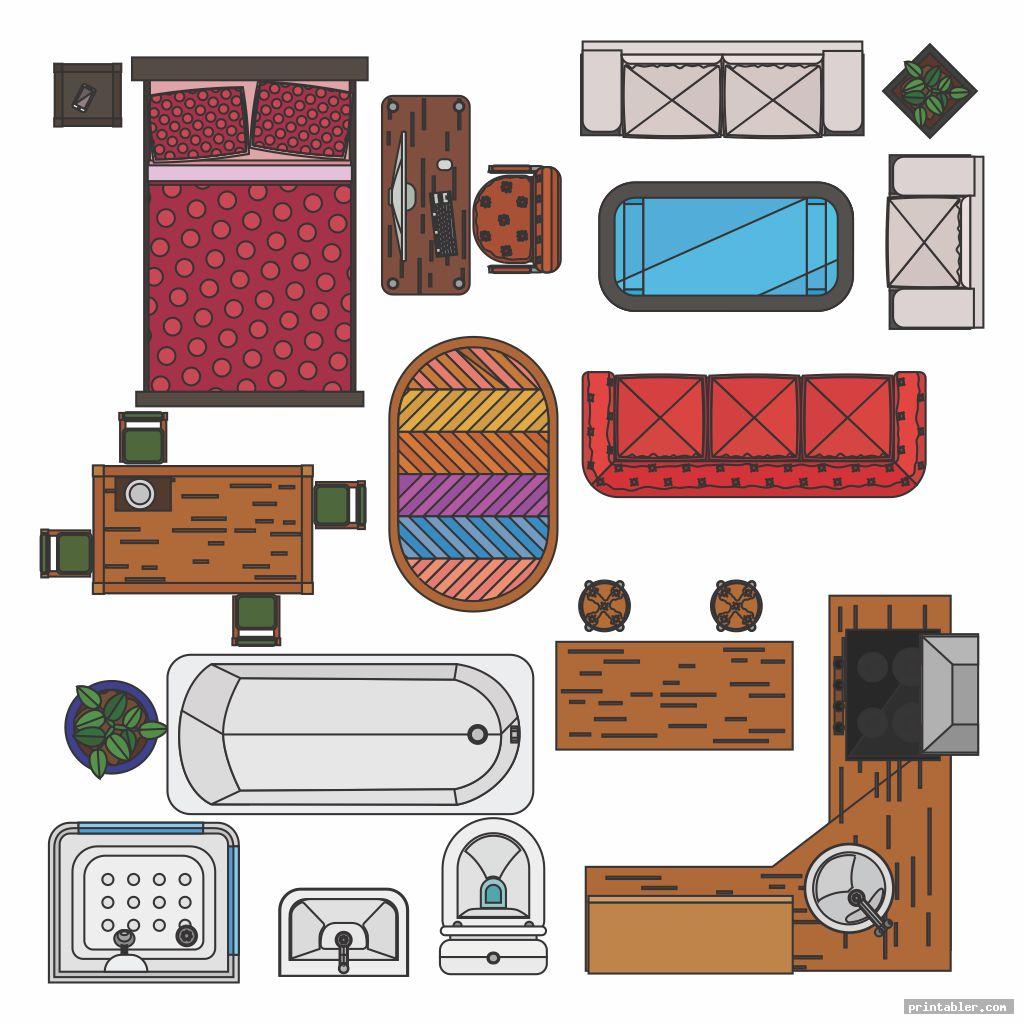 Furniture Templates Printable
Furniture Templates Printable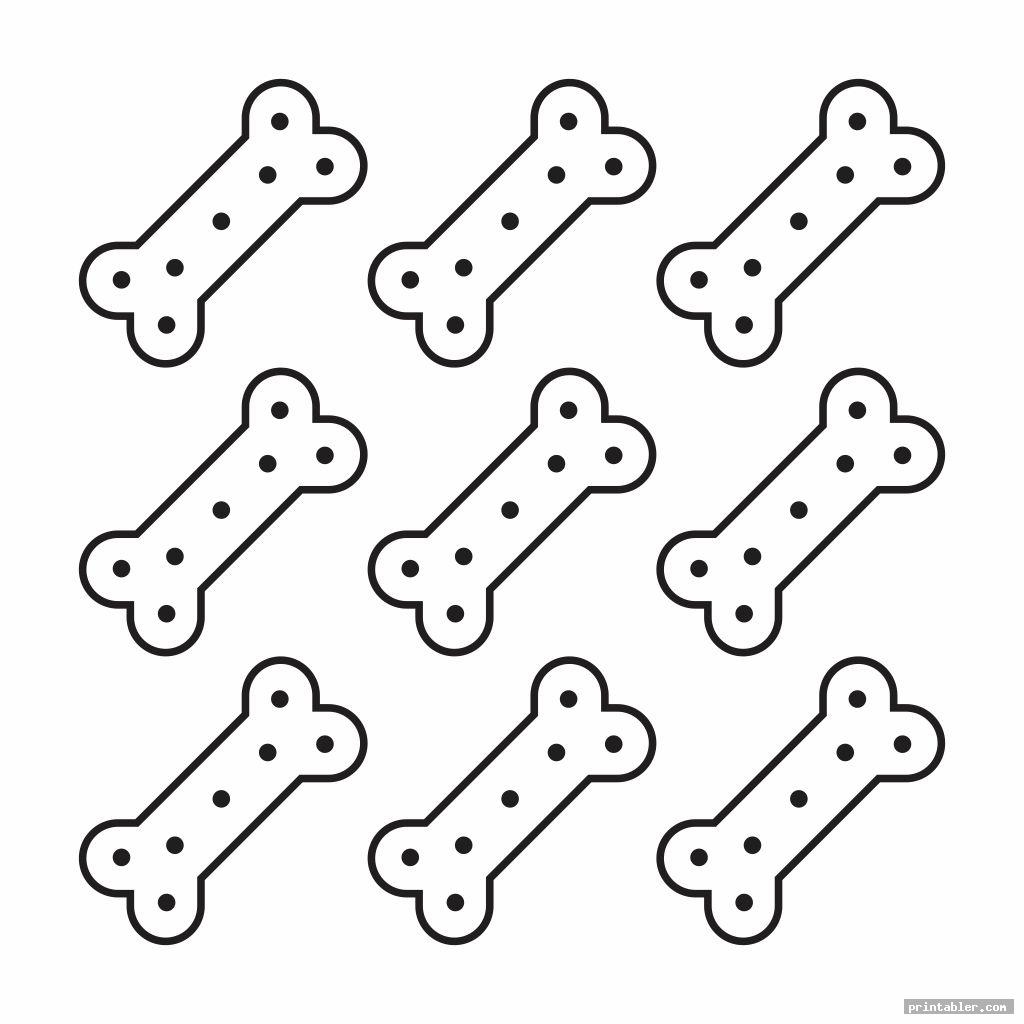 Dog Bone Template Printable
Dog Bone Template Printable